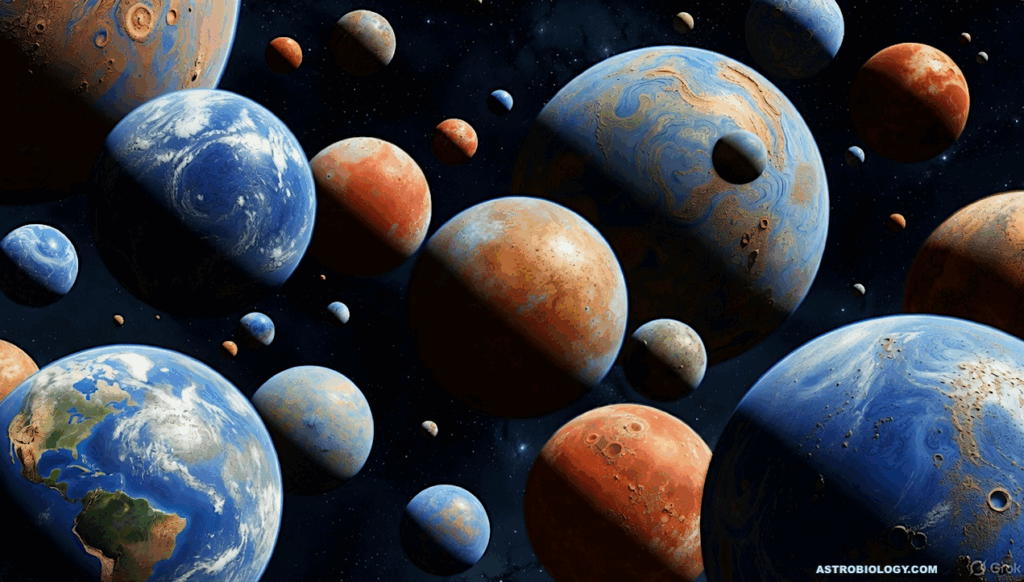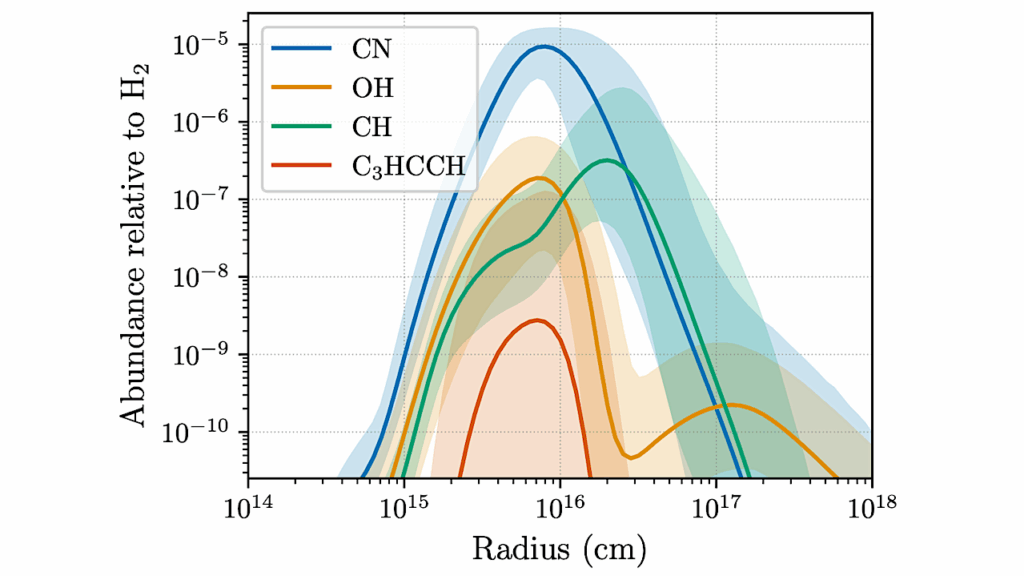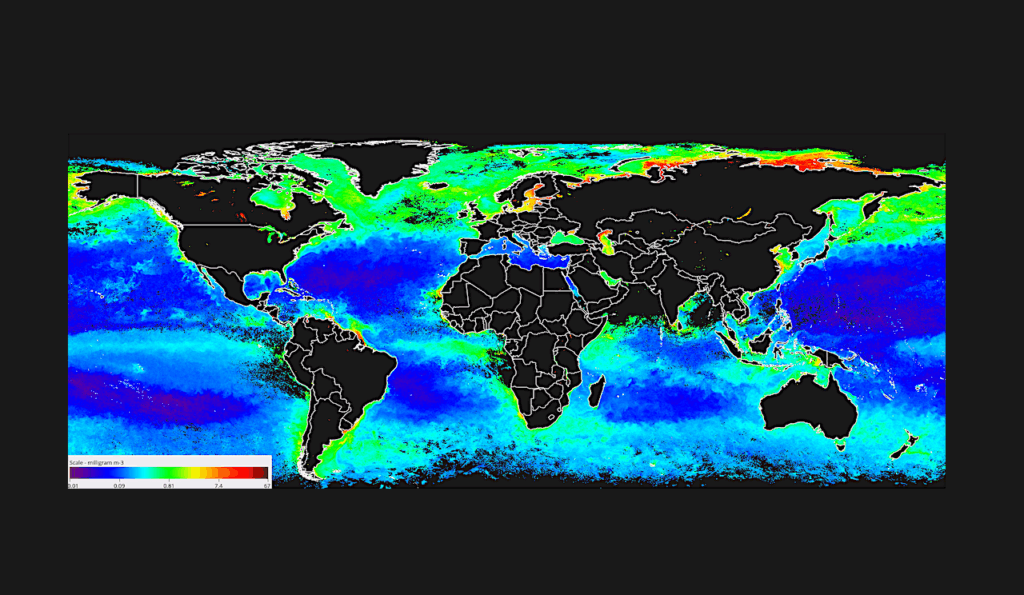Dynamical Aspects Of Galactic Habitability In N-body Simulations
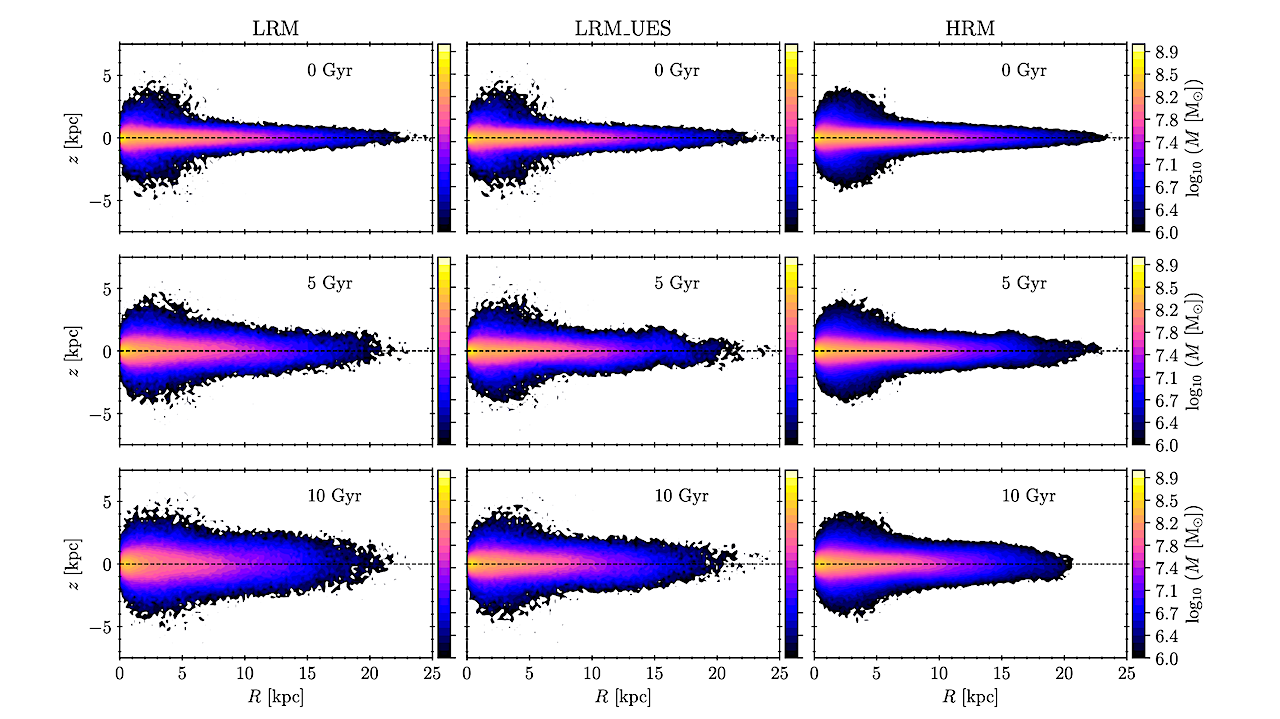
Recent studies of Galactic evolution revealed that the dynamics of the stellar component might be one of the key factors when considering galactic habitability.
We run an N-body simulation model of the Milky Way, which we evolve for 10 Gyr, to study the secular evolution of stellar orbits and the resulting galactic habitability-related properties, i.e., the density of the stellar component and close stellar encounters. The results indicate that radial migrations are not negligible, even in a simple axisymmetric model with mild levels of dynamical heating, and that the net outward diffusion of the stellar component can populate galactic outskirts with habitable systems.
Habitable environment is also likely even at sub-Solar galactocentric radii, because the rate of close encounters should not significantly degrade habitability. Stars that evolve from non-circular to stable nearly-circular orbits typically migrate outwards, settling down in a broad Solar neighborhood.
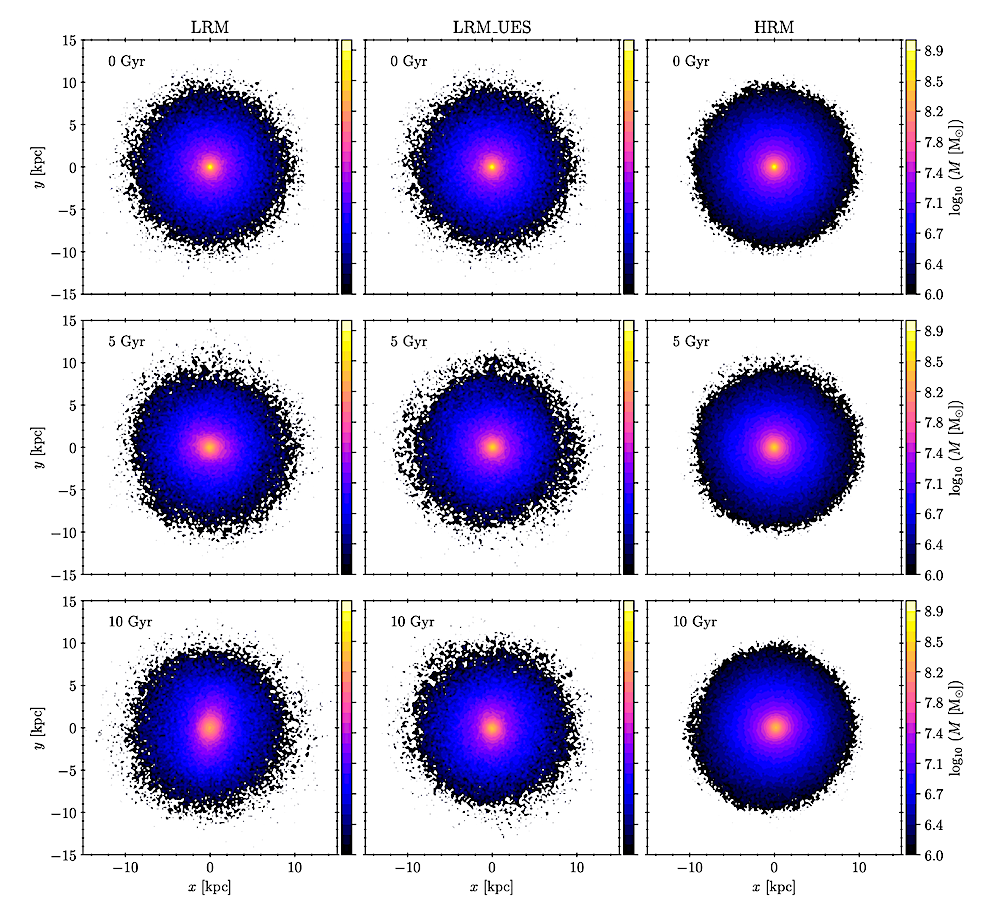
Mass distribution of the stellar galaxy components (disc+bulge) at three different times (top to bottom: t ∈ {0, 5, 10} Gyr) for all simulations (left to right: LRM, LRM_UES, HRM) in face-on projection, i.e. in x – y plane. — astro-ph.EP
The region between R≈3 kpc and R≈12 kpc represents the zone of radial mixing, which can blur the boundaries of the Galactic Habitable Zone, as it has been conventionally understood. The present-day stable population of the stars in the Solar neighborhood originates from this radial mixing zone, with most of the stars coming from the inner regions.
The Solar system can be considered as a typical Milky Way habitable system because it migrated outwards from the metal-rich inner regions of the Disk and has a circular orbit in the present epoch. We conclude that the boundaries of the Galactic Habitable Zone cannot be sharply confined for a given epoch because of the mixing caused by the stellar migrations and secular evolution of stellar orbits.
A. Mitrašinović, B. Vukotić, M. Micic, M. M. Ćirković
Comments: Accepted for publication in PASA
Subjects: Astrophysics of Galaxies (astro-ph.GA); Earth and Planetary Astrophysics (astro-ph.EP); Solar and Stellar Astrophysics (astro-ph.SR)
Cite as: arXiv:2310.16227 [astro-ph.GA] (or arXiv:2310.16227v1 [astro-ph.GA] for this version)
https://doi.org/10.48550/arXiv.2310.16227
Focus to learn more
Submission history
From: Ana Mitrasinovic
[v1] Tue, 24 Oct 2023 22:44:05 UTC (3,529 KB)
https://arxiv.org/abs/2310.16227
Astrobiology





